iPhone 16 vs iPhone 13: All the upgrades
We may earn a commission if you make a purchase from the links on this page.

Intro
What are the new features in the iPhone 16 compared to the iPhone 13, released three years prior? And is it finally time for iPhone 13 owners to make the switch?
Despite the three-year difference, the iPhone 16 looks very similar to the iPhone 13. Both have roughly the same design and 6.1-inch size.
The iPhone 16, however, adds two new physical buttons, the Action button and the Camera Control, and it brings a higher resolution 48MP main camera compared to the iPhone 13.
Unfortunately, the most requested feature – 120Hz ProMotion for smoother scrolling – is NOT on the iPhone 16. It remains exclusive to the Pro versions for at least one more year.
iOS 18.2 Update: The big difference between the iPhone 16 and iPhone 13, however, is that only the iPhone 16 supports Apple Intelligence.
With iOS 18.1, Apple has pushed the first AI features, such as notification summaries, writing tools and Clean Up in Photos.
The big chunk of Apple Intelligence arrived more recently, with the iOS 18.2 update in early December. That brought us the ChatGPT support in Siri, Visual Intelligence with a long press on the Camera Control, the Image Playground app, the fun new Genmoji and Image Wand.
The next stage of Apple Intelligence will be around March 2025 with iOS 18.3 that is set to bring the much smarter Siri assistant.
- Read more: iPhone 16 deals
iPhone 16 vs iPhone 13 differences:
| iPhone 16 | iPhone 13 |
|---|---|
| Supports Apple Intelligence | Does NOT support Apple Intelligence |
| Same 6.1-inch form factor | 6.1-inch size |
| New Action Button in place of Mute Switch New Camera Control for camera | Older Mute Switch only |
| Newer and faster Apple A18 chip | Apple A15 Bionic chipset |
| Double the memory, 8GB RAM | 4GB RAM |
| Same storage options | 128 / 256 / 512GB storage models |
| New vertical camera with support for Spatial Video | Diagonal camera layout |
| 48MP main camera 2X sensor crop | 12MP main camera |
| 12MP ultra-wide camera Has macro support | 12MP ultra-wide camera No macro support |
| 3,561 mAh battery, 10% bigger | 3,240 mAh battery |
| USB-C port | Lightning port |
| Same 20W wired charging | 20W wired charging |
| 25W MagSafe | 15W MagSafe wireless charge |
Table of Contents:
Also read:
Design and Display Quality
Slightly refined design and new buttons
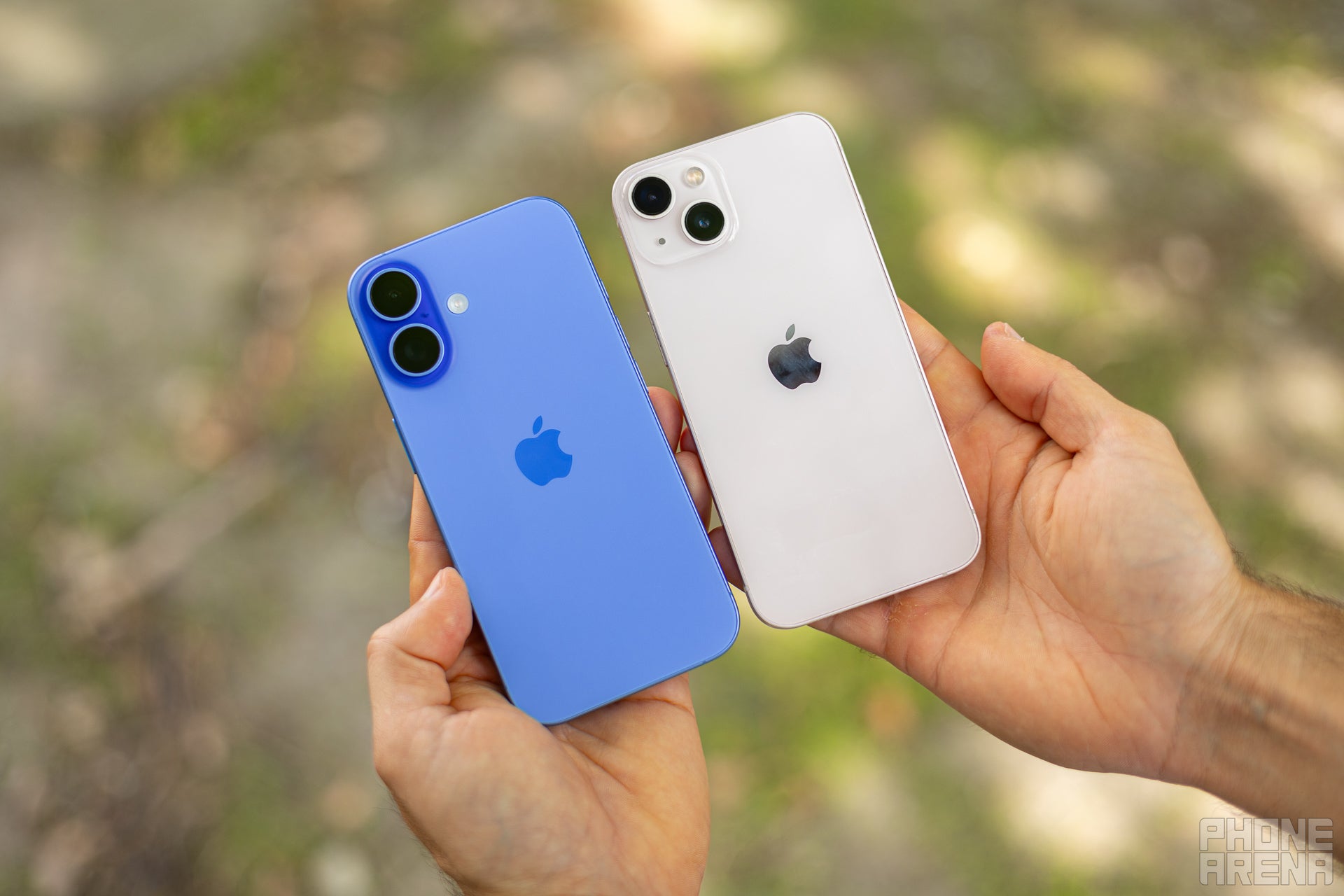
We love the vibrant colors of the iPhone 16, here on the left in Ultramarine blue (Image by PhoneArena)
From afar, the iPhone 16 looks very similar to the iPhone 13. After all, both phones have the same 6.1-inch size, flat sides and an Apple logo on the back.
But once you take a closer look, you can spot the differences.
The iPhone 16 gets two new physical keys. First, the Mute switch from the iPhone 13 is replaced by a new, programmable Action button, which you can set to various features and even use the Shortcuts app to expand those options.
Below the power key, you also get a new Camera Control on the iPhone 16. This is great for quicky firing up the camera and snapping a picture (long press it to start recording a video). However, the trackpad like functionality seems a bit fiddly. You can zoom in and out by swiping on this button, or change various other settings, however, all of that seems a bit overengineered for one smallish button and it is just easier to do most of these adjustments on the screen.
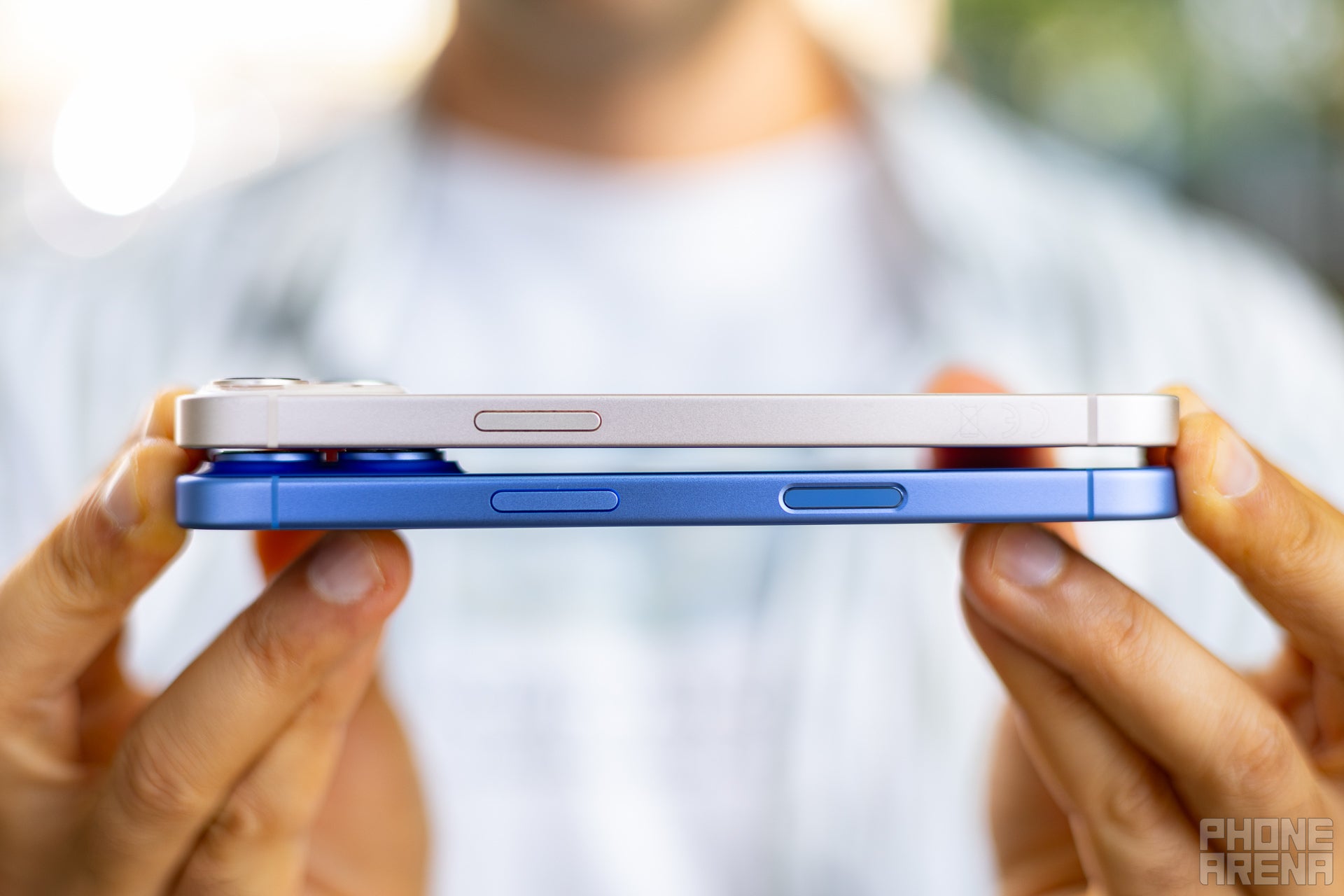
Hey, more buttons! (Image by PhoneArena)
There are other, smaller changes to the style. The dual camera on the back is now a vertical one, instead of diagonal.
The back glass has a frosted finish, and is not glossy as on the iPhone 13.
And you have a USB-C port on the iPhone 16, a very welcome switch from the Lightning port on the iPhone 13.
Both devices have the same IP68 water and dust protection rating.
- Also read: iPhone 16 colors
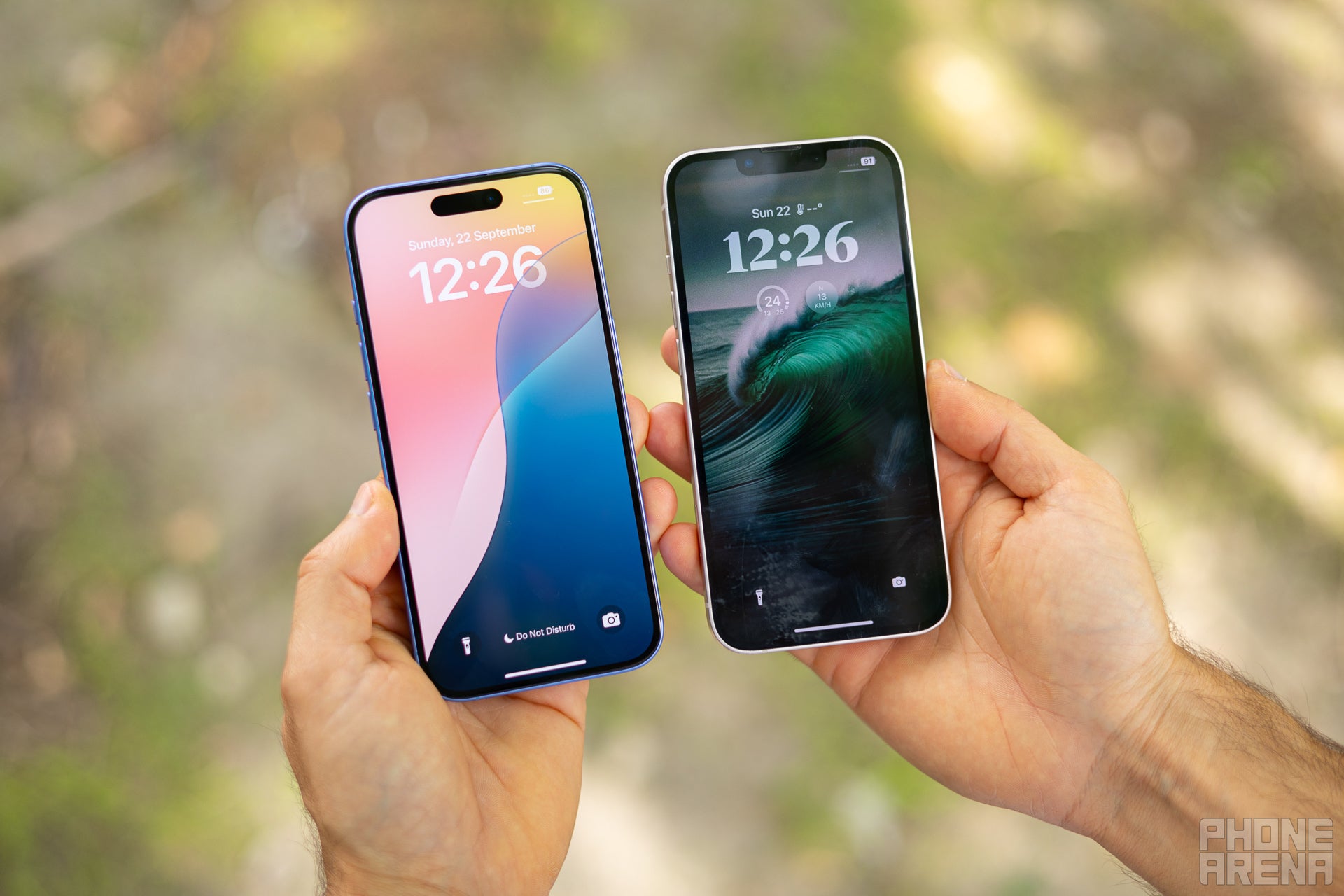
The iPhone 16 can get both brighter during the day and dimmer at night (Image by PhoneArena)
Has Apple improved the screen? Both phones have the same size 6.1-inch OLED screen, with the same 1170p resolution, but the iPhone 16 display gets brighter. The older iPhone 13 has a peak brightness of 1,200 nits, while the iPhone 16 hits at least 2,000 nits, which makes it easier to use outdoors. The 16 is not just brighter, it also gets dimmer at night, dropping to just 1 nit, so the light from the screen is not as intense.
And we already mentioned the big letdown – there is not 120Hz ProMotion on the iPhone 16! ProMotion makes for smoother scrolling and these days even dirt cheap Android phones have 120Hz.
Rumors say ProMotion might arrive on the vanilla iPhone 17 model in 2025, but that hardly helps now.
Performance and Software
New iPhone, new chip
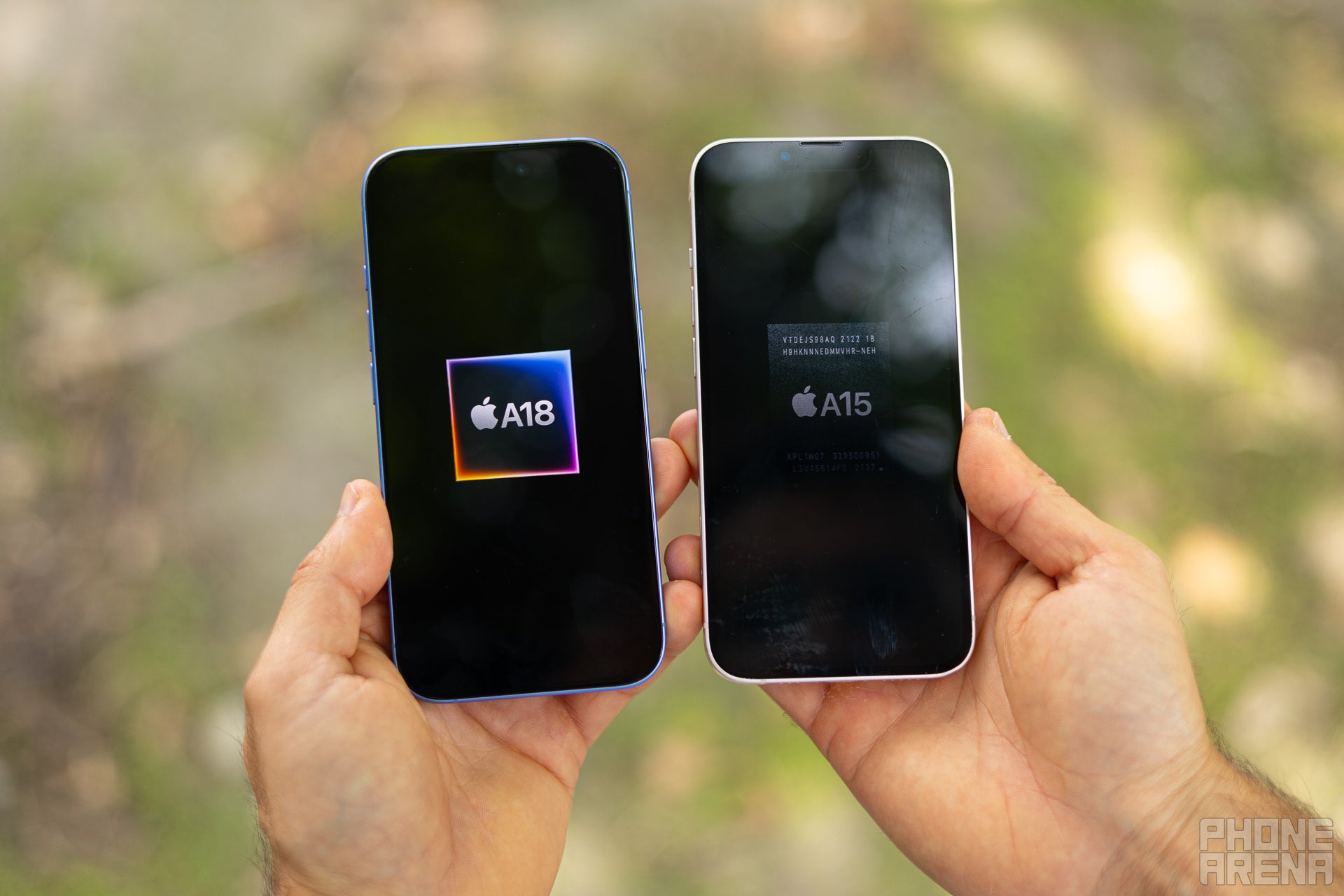
The iPhone 16 supports Apple Intelligence, the iPhone 13 does not (Image by PhoneArena)
In the three years since the iPhone 13 launch, processor technology has improved and the iPhone 16 is significantly faster.
The iPhone 13 has the A15 Bionic chip built with 5nm technology, while the iPhone 16 is the first non-Pro iPhone to have a 3nm chipset, the Apple A18.
Benchmarks show that the iPhone 16 scores big improvements in performance, both CPU and GPU, as you would expect.
Even more important is the fact that the iPhone 16 has 8GB of RAM, up from 4GB on the iPhone 13.
This means one thing: the iPhone 16 supports the new Apple Intelligence (AI) features, while the iPhone 13 does not.
Remember that Apple Intelligence is coming in stages. The iOS 18.1 version brought the first AI features: notification summaries, writing tools and Clean Up in Photos.
iOS 18.2 has landed in early December and it delivered some impressive new AI features: ChatGPT support in Siri, Visual Intelligence, the Image Playground app, Genmoji and Image Wand.
Finally, iOS 18.3 is expected in March 2025 and should deliver the big revamp to a smarter Siri assistant.
- Also read: iPhone 16 AI features
You don't get a bump in storage, though. You still have a 128GB base model, as well as the option to upgrade to 256GB or 512GB.
The iPhone 16 also uses a newer modem (the Snapdragon X70) compared to the iPhone 13 (Snapdragon X60), so signal should be improved in some areas.
Camera
New Camera Control and a more capable main camera
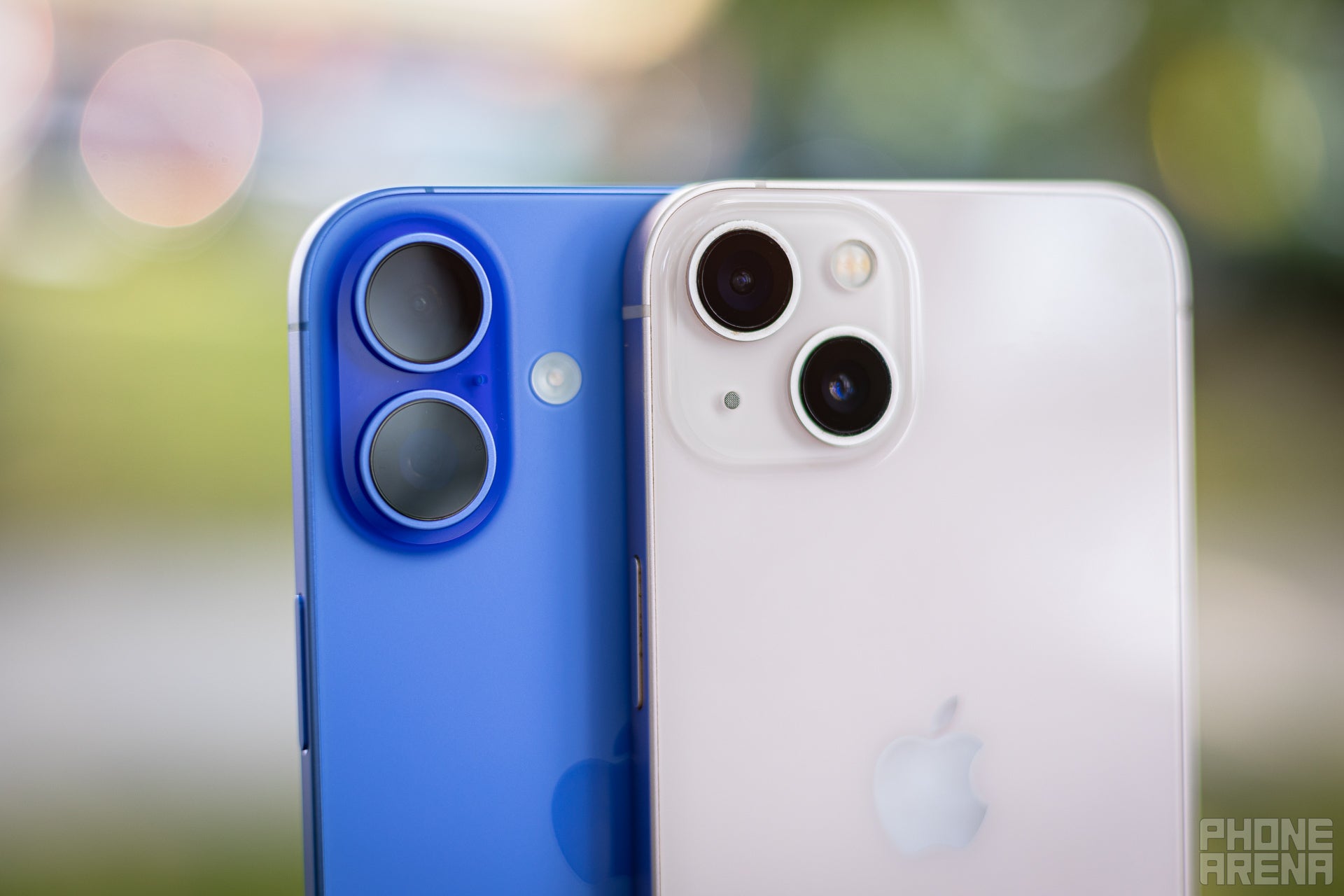
New pill-shaped camera system on the iPhone 16 (Image by PhoneArena)
Both the iPhone 16 and iPhone 13 have a dual rear camera with a main and an ultra-wide lens.
On our PhoneArena Camera Score, we see improvements across the board, but bigger ones in zoom quality where that sensor cropping makes a difference.
The big change for iPhone 13 owners will be the jump to the bigger 48MP sensor on the iPhone 16, compared to the 12MP snapper on the 13. With this new sensor, you get more detail, better low light photos and 2X lossless zoom quality, a big improvement over the iPhone 13's digital zoom.
The ultra-wide camera, however, has not changed all that much, with a similar 12MP sensor on both phones. One new capability of the iPhone 16 ultra-wide camera is macro photography, previously a feature reserved for the Pro models.
And we've already mentioned the useful Camera Control that allows you to capture those fleeting moments easier on the iPhone 16.
But the big-ticket item in iPhone 16 photography is AI. First AI editing feature on the iPhone 16 is "Clean Up" in the Photos app, which allows you to delete objects from images super easily or blur faces, much like the Magic Eraser on Google Pixel phones.
For video, however, don't hold your breath for a huge change, as quality still maxes out 4K60.
When editing, you do get some new features like Audio Mix, which allows you to isolate sound better in videos and cut out background noise. Those can be really useful for creators.
With the vertical camera, you can now also record Spatial Video for the first time on a non-Pro iPhone. You can then play those 3D videos on the Apple Vision Pro. That's cool, we are just not sure how many people will actually use this feature as these AR headsets are not very popular currently.
- Also read: iPhone 16 camera
Audio Quality and Haptics
Apple continues with ongoing improvements to iPhone loudspeakers, but those changes are subtle, so we don't have any ground-breaking tweaks in the iPhone 16 audio.
As for haptic feedback, it has been consistently excellent since the iPhone 6s introduced the Taptic Engine, so no changes in that area either.
Battery Life and Charging
Slightly bigger battery and faster wireless charging
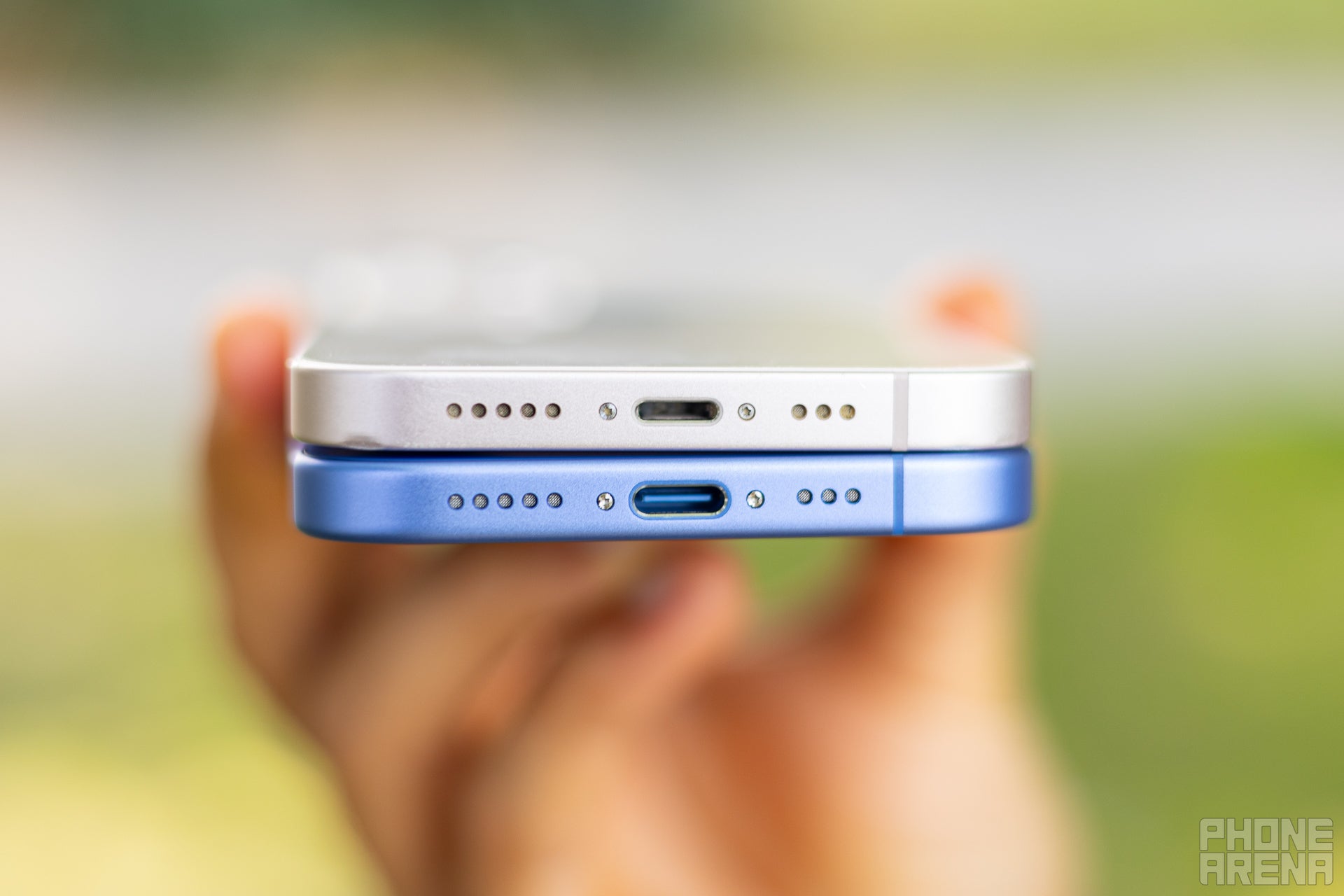
Battery life is improved slightly and you have faster MagSafe (Image by PhoneArena)
The iPhone 16 comes with a 3,561 mAh battery, a solid 10% upgrade over the iPhone 13.
Apple officially rates the iPhone 13 for 19 hours of video playback and 75 hours of audio playback, while the iPhone 16 gets 22 hours of video playback and 80 hours of audio.
Interestingly, though, the iPhone 16 scored higher than the iPhone 13 for web browsing, beating it by nearly three hours. At the same time, for YouTube video streaming, the iPhone 13 actually scored a bit higher than the newer model.
The iPhone 16 charges at the same 20W speeds via USB-C, but surprisingly, Apple adds much faster MagSafe wireless charging.
MagSafe now goes to 25W (up from 15W), but for that you need a new MagSafe charger and you have to connect it to a charging brick that outputs at least 30W. With those in place, you can get a 50% top-up in 30 minutes with wireless charging, faster than the MagSafe on the iPhone 13 which only tops up to around 35% in the same time frame.
- Also read: iPhone 16 Battery and charging
Specs Comparison
And here is a side-by-side overview of the iPhone 16 vs iPhone 13 specs:
| iPhone 16 | iPhone 13 |
|---|---|
| Size 147.6 x 71.6 x 7.8 mm | Size 146.7 x 71.5 x 7.7 mm |
| Weight 170 g | Weight 174 g |
| Display 6.1-inch OLED 60Hz | Display 6.1-inch OLED 60Hz |
| Processor Apple A18 3nm | Processor Apple A14 Bionic 5nm |
| Configs 8/128GB for $800 8/256GB for $900 8/512GB for $1,100 | Configs 4/128GB 4/256GB 4/512GB |
| Cameras 48MP main, f/1.6 12MP ultra-wide, f/2.2 12MP front | Cameras 12MP main, f/1.6 12MP ultra-wide, f/2.4 12MP front |
| Battery 3,561 mAh | Battery 3,240 mAh |
| Charging 20W wired 25W MagSafe | Charging 20W wired 15W wireless |
Should you upgrade?
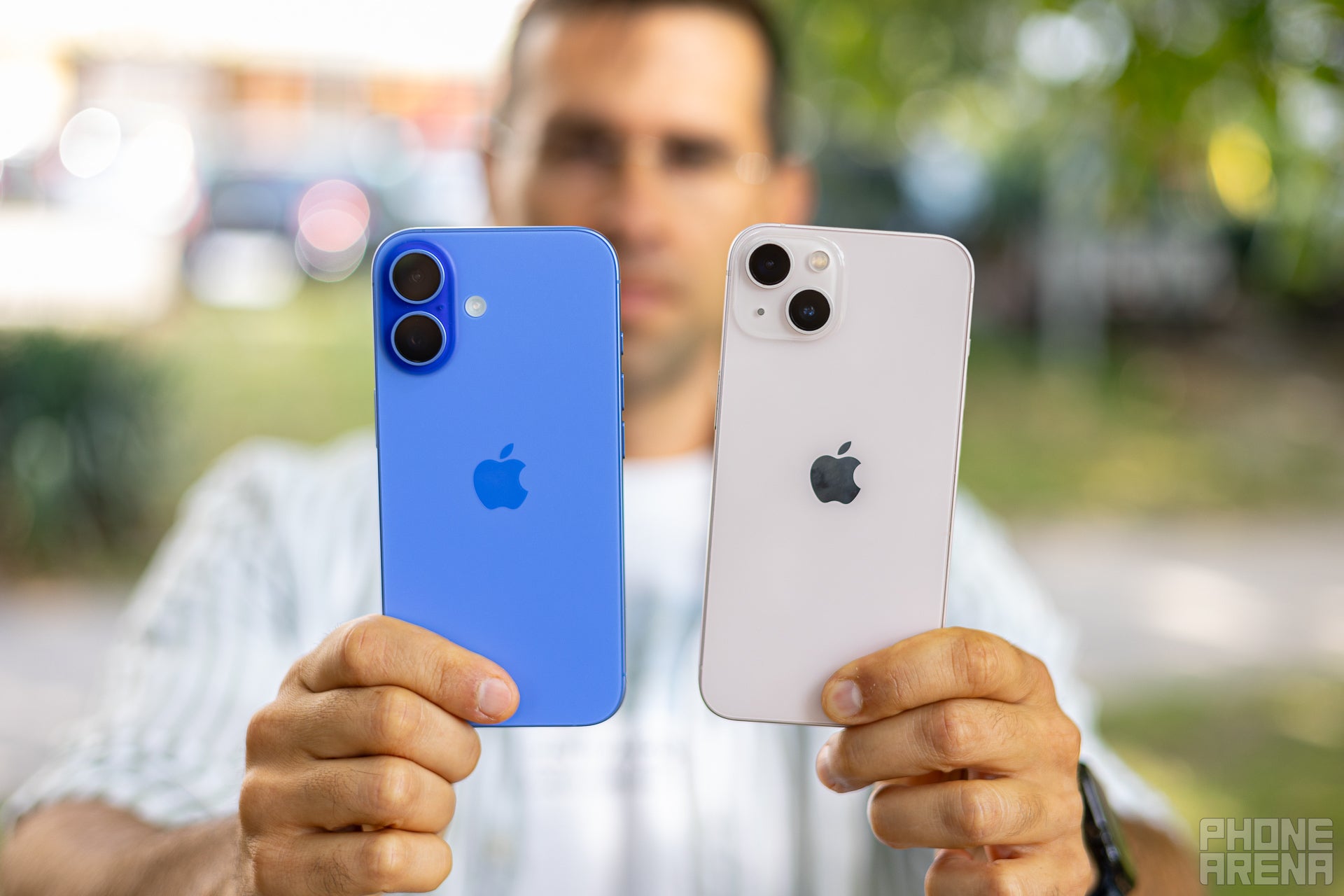
It's a good year to upgrade, but the next iPhone 17 is shaping up to be the ultimate upgade if you can wait (Image by PhoneArena)
Is it time for iPhone 13 owners to make the leap to the iPhone 16?
Our take is this: maybe, but you could wait another year.
Sure, you get Apple Intelligence with the iPhone 16, but it is a slow rollout. Most importantly, Apple has not addressed the main complaint – and there is still no ProMotion on the iPhone 16!
This leaves you with the new physical buttons, the few camera changes, the faster chip and slightly longer battery life. And we really like having a USB-C port on the iPhone 16, but that's probably not alone a reason to upgrade.
Of course, if you have the money, you will be happy with the iPhone 16 as it is improved all around, but if you really want a huge upgrade, we think it might be wise to hold off for the iPhone 17.
Follow us on Google News













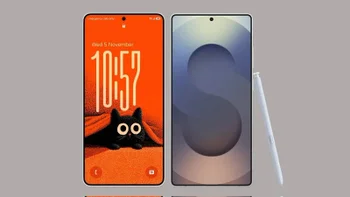


![A new Android bug is making it impossible to install new apps. Are you affected? [UPDATE]](https://m-cdn.phonearena.com/images/article/176703-wide-two_350/A-new-Android-bug-is-making-it-impossible-to-install-new-apps.-Are-you-affected-UPDATE.webp)


Things that are NOT allowed:
To help keep our community safe and free from spam, we apply temporary limits to newly created accounts: